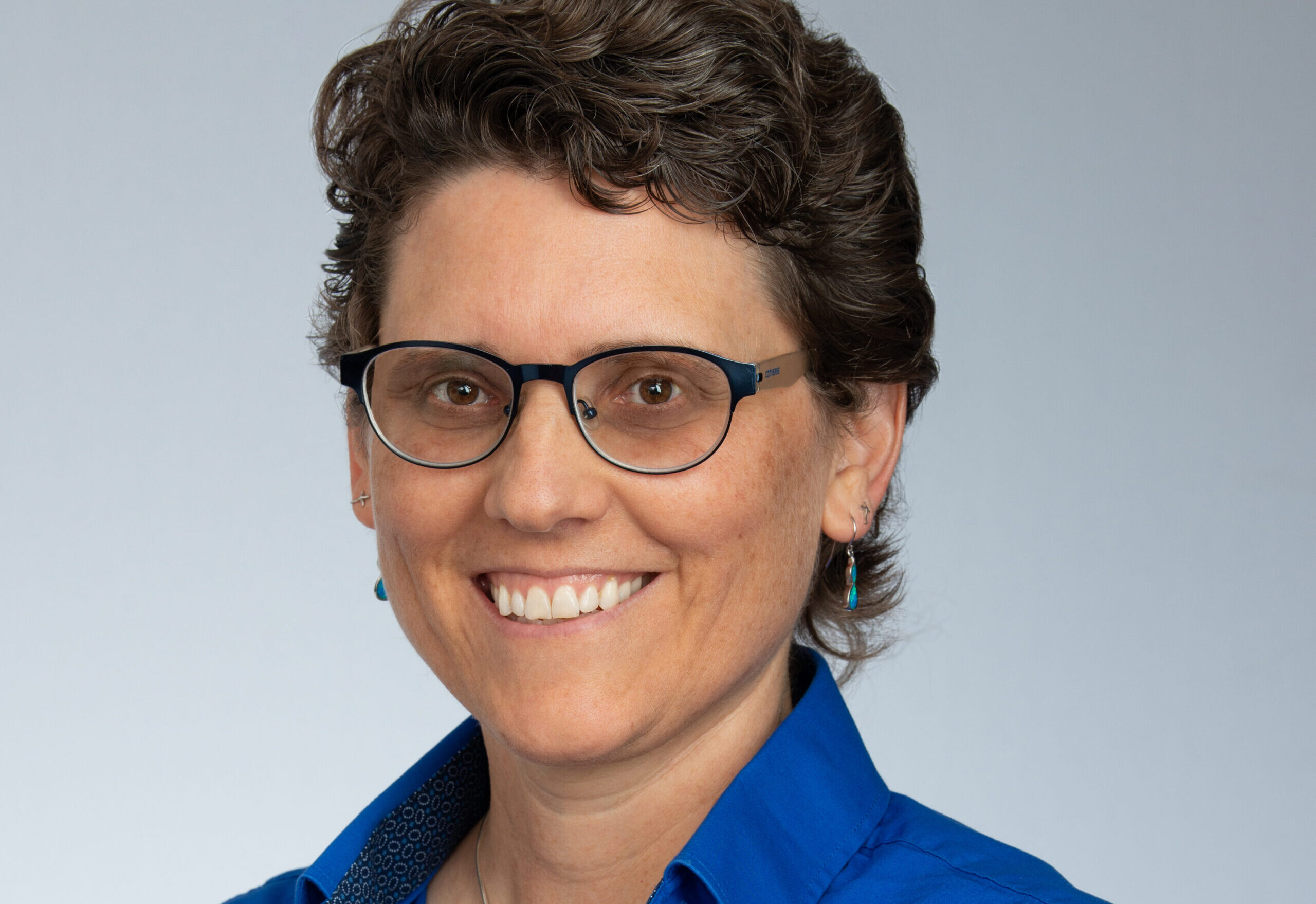
Author: Kyle Labelle
At more than $1.7 trillion, student loans have become the second largest source of debt in the United States, behind only mortgage debt. The average student debt borrower, as of 2019, owed more than $29,000 and had a monthly payment more than $300/month 1 . The figures are even worse for students in New England, with New Hampshire averaging the highest amount of student loan debt out of any state with $39,400/student. Connecticut, Rhode Island, and Massachusetts are also in the top 10 2 . With debt levels on the rise, and the cost of college increasing, student loans are one of the top financial issues facing many young professionals.
What to do about your Student Loans
The default method to paying off student loans is to repay them over 10 years with 120 monthly payments. An average New Hampshire student, with $39,400 in student debt, would have a monthly payment of $399 3 .Those with advanced degrees have an even bleaker outlook.
An MBA student averages $66,300 in loans while a Law school graduate averages $145,000. Future pharmacists and dentists have it even worse, averaging around $180,000 and $290,000, respectively 4 . If we assumed a 4% interest rate then the monthly payment for these individuals would be $671/month for the MBA student, $1,468/month for the law student, $1,822 for the pharmacist and a whopping $2,936 for the dentist. As scary as these figures may be, there are ways to decrease your monthly payment and make your student loans more affordable.
If you have federal student loans, then you have opportunities to save yourself hundreds, or even thousands, of dollars a month in student loans. Unfortunately, these programs are not applicable to those with private student loans.
Income Driven Repayment Plans (IDR):
The federal government has created several options to help decrease the burden of repaying student loans through the creation of Income Driven Repayment Plans (IDR). The important thing about IDR Plans is that you gain control over your monthly loan payment. Instead of having to repay your student loans over a 10-year time horizon, IDR Plans allow you to extend that out to 20-25 years, potentially making for a more manageable payment. When on an IDR Plan, your monthly payment is based on a percentage of your discretionary income, ranging from 10-15%. Qualifying for an IDR Plan is based on your “ discretionary income ,” defined by the Department of Education.
Your discretionary spending is equal to your adjusted gross income (AGI) minus 150% of the poverty guidelines for your family size and state. So, if you have an AGI of $140,000 as a Pharmacist in New Hampshire, are married with 2 children, you will subtract 150% of the poverty guideline for a four-person household. In New Hampshire, that would be $39,750. Your remaining discretionary income would be: $140,000 – $39,750 = $100,250. That translates to monthly discretionary income is now $8,354.17/month.
Finally, you would take either 10% or 15% of that number, depending on the IDR Plan that you qualify for, and get a new monthly payment of either $1,253.13 ($8,354.17 * 0.15) on the 15% of income plans or $835.42 ($8,354.17 * 0.10) on the 10% plans. If, as is the case with our pharmacist, with $180,000 in loans and the implied interest rate of 4%, her original payment on the standard 10-year plan is more than her income on the IDR Plan, then she qualifies for the discretionary income test.
If, your eyes just glossed over from all the math, do not worry because there is a general rule of thumb you can use. If your student loan balance is greater than your income, then you will likely qualify for an IDR plan.
The Big 4 of Student Loan Repayment Plans:
For most borrowers, the difficult part is choosing the best income driven plan . There are 4 repayment plans that work best for lowering monthly payments and each plan has its own nuances and requirements for eligibility. They are the Income-Based Repayment Plan (IBR), the Pay As You Earn Plan (PAYE), the Income-Based Repayment Plan for New Borrowers (New IBR), and the Revised Pay As You Earn Plan (REPAYE).
1. Income-Based Repayment Plan (IBR)
The IBR Plan sets your new monthly payment to 15% of your discretionary income. One of the benefits for the IBR Plan is that there is not the same cap on when your student loans were taken out, a factor we will see with the PAYE and New IBR plans. With the IBR Plan, your monthly payment is calculated by taking that 15% monthly discretionary income figure and repaying it, monthly, over a 25-year period of time 5 .
If we take the case of our pharmacist from earlier, she will have a new monthly payment of $1,253.13. Her payment would recalculate each year until either the loan is repaid, or 25 years have passed, whichever occurs first. If 25 years go by, the remaining balance on the loan would be “forgiven”. If her payment under the IBR plan were to become larger than her original payment, then she would simply make her original payment moving forward. Under the IBR Plan, our pharmacist saves $569/month on her monthly student loan payment and would repay her loans after 196 months. While it does take about 6 and half years longer to repay her loans, she is able to save thousands of dollars a year over that period.
The IBR plan is usually an option for borrowers who have older federal loans and are disqualified for some of the newer loan repayment programs. The longer payment period of 25 years, and the higher repayment percentage of 15% make IBR plans one of the least beneficial options when compared to the PAYE, New IBR and REPAYE plans.
2. Pay As You Earn Plan (PAYE)
PAYE plans add an extra nuance to qualification. To qualify for a PAYE plan, not only does a borrower need to meet the “discretionary income” requirement, but there is a timing factor as well . To qualify for a PAYE plan, the borrower must have their first loan taken out AFTER October 1, 2007 5 AND have borrowed a Direct Loan or a Direct Consolidated Loan . Because of this, most qualified individuals were freshmen in the 2008-09 school year and graduated in May 2012 or later.
The way a PAYE plan works is your payment is based on 10% of discretionary income for a maximum of 240 qualified monthly payments. If, after the 240 payments, or 20 years, you still have a balance left on your student debt, it would become forgivable 5 .
Let us look at our pharmacist again. Under a PAYE plan, she would have a monthly payment of $835 and would now be paying less than half of her original payment and would save an additional $417/month than if she were on the IBR plan. After doing this for 240 qualified months, she would have an ending balance of $91,588 which is eligible for forgiveness by the federal government. It is important to note that there is a tax implication at the time when your student loans are forgiven. This is an important consideration that should not be overlooked.
3. Income-Based Repayment for New Borrowers (IBR)
New IBR Plans are available for borrowers that took out their first federal loan AFTER July 1st, 2014 5 . There are exceptions to qualifying for IBR and New IBR plans including federal loans such as Parent PLUS loans, FFEL loans made to parents, and consolidation loans that paid off parent loans. Additionally, Perkins loans are not eligible, but become eligible for both repayment plans if they are consolidated. For those who do qualify, New IBR is superior to the original IBR plans 6 .
Under New IBR, your payment, like PAYE plans, is based on 10% of discretionary spending. Also, like PAYE plans, New IBR would forgive any balance that still exists after 240 qualified monthly payments. The major difference in choosing between PAYE and New IBR plans is when the loans were taken out and the way in which unpaid interest capitalizes within the loan. If you qualify for both New IBR and PAYE, the better option is often the PAYE plan due to its favorable treatment with any unpaid interest from your loan balance 6 .
To highlight this, suppose our pharmacist had an average interest rate on her loans of 6%, instead of the 4% from earlier. In this scenario, she would have had an initial payment of $1,998 and would accrue $900 in interest on her first payment. Under a PAYE plan or a New IBR plan, her monthly payment would be $835.47. Because her payment is less than the amount of accrued interest her loan negatively amortized and her student loan balance would increase over time. In this scenario, a PAYE plan is better because less of that interest is added to your balance than would be the case under an IBR plan. This is a good thing because at the end of the 20-year repayment period, you would potentially owe taxes on any forgiven balance. With the PAYE plan, less interest would add to the balance, thus it would be lower, and your taxes on the forgiven amount would be lower as well.
4. Revised Pay As You Earn (REPAYE)
The last major repayment plan is the REPAYE plan. The REPAYE plan is the newest plan option and has the fewest restrictions of the 4 major IDR plans . Under a REPAYE plan, all federal direct loan borrowers, except parent loan borrowers, and some Federal Family Education Loan borrowers qualify, regardless of discretionary income levels. Because of the limited restrictions for borrowers, the REPAYE plan is currently the most widely used IDR plan available with roughly $190 billion of student loans in repayment. However, the broad access of REPAYE plans come with some drawbacks.
Like the PAYE plan and the New IDR plan, REPAYE plans set your new payment at 10% of discretionary income. Unlike the other plans, however, your payment under a REPAYE plan is not capped at the payment you would have had under the traditional 10-year repayment plan. This means that if you expect your income to increase over time, a REPAYE plan may not be the best option for you. Conversely, if you expect your debt-to-income level to remain stable, and you do not qualify for the New IBR plan nor the PAYE plan, then REPAYE may be your best option for decreasing your monthly loan payment 5 .
The REPAYE plan adds a few other twists to complicate matters further. Under a REPAYE plan, undergraduate loans are repaid over a 20-year period with forgiveness occurring after 240 payments. However, if you have graduate or professional school debt, then it takes 25 years or 300 monthly payments before your balance may be forgiven. The good news is that with REPAYE loans, accrued interest on student loans may have a more advantageous impact on your overall loan balance than with a PAYE plan or a New IBR plan. Under both PAYE and REPAYE plans, accrued interest on subsidized federal loans is subsidized by the federal government, meaning the government pays the interest obligation, if it capitalizes, for the first 3 years of repayment. After 3 years, the interest subsidy ends for PAYE plans but under a REPAYE plan, you get the 3 years of full subsidization on your accrued interest AND it remains subsidized at 50% for the duration of the remaining payment period. Also, under REPAYE plans, borrowers with Unsubsidized Federal Loans receive an interest subsidy at 50% of interest accrual for the entire length of the repayment. PAYE plans do not subsidize accrued interest on unsubsidized loans 7 .
If we again take our pharmacist as an example and she has a monthly payment of $835.47 but has an interest obligation of $900, then her remaining interest of $64.53 could be added onto her loan balance. If she had Unsubsidized Loans and were on the REPAYE plan, then only half of that, or $32.27 would be added to the balance. If her loans were Subsidized Loans and she was on the REPAYE plan, then $0 would be added to the balance of the loan over the first 3 years and only half of her capitalized interest would be added every year thereafter. This would not happen in the case of the PAYE plan and could lead to a larger loan balance at the time of forgiveness. As mentioned earlier, this is significant because there are tax consequences to any forgiven student loan debt.
Choosing the Right Plan
The big decision comes down to choosing the correct repayment plan for you. If you can afford to pay your loans without going on a repayment plan, that may be your best option over time. If, however, you qualify for an IDR plan, and your personal situation makes sense to choose one of the Big 4 Plans, then there are several factors to consider including your loan amount, current AGI, poverty level for your state and household size, cash flow needs, marital status, date loans were taken out, type of loan taken out, projected future income levels, and the industry in which you are working, and more!
For those working in public services or qualifying non-profit organizations, you may be eligible for the Public Services Loan Forgiveness Program which can drastically change your decision-making process.
With all the nuances surrounding IDR plans and with everyone’s situation being different, the best option for you may differ from someone else’s. That is why it is important to work with a qualified financial advisor . Someone who can help with your student loans but can also provide holistic financial planning addressing each of your goals and can help manage the changes that occur with your situation over time. As you can see, choosing the right repayment plan can potentially save, or cost you tens of thousands of dollars and can be the difference to help you achieve your financial goals.
1: https://studentloanhero.com/student-loan-debt-statistics/
4: https://www.nerdwallet.com/article/loans/student-loans/average-student-loan-debt-graduate-school
5: http://askheatherjarvis.com/blog/comparing-income-driven-repayment-plans
6: https://studentloansherpa.com/old-ibr-vs-ibr-for-new-borrowers/
7: https://www.forbes.com/advisor/student-loans/paye-vs-repaye/
Kyle Labelle is a Planning Associate at Milestone Financial Planning, LLC, a fee-only financial planning firm in Bedford NH. Milestone works with clients on a long-term, ongoing basis. Our fees are based on the assets that we manage and may include an annual financial planning subscription fee. Clients receive financial planning, tax planning, retirement planning, and investment management services, and have unlimited access to our advisors. We receive no commissions or referral fees. We put our clients’ interests first. If you need assistance with your investments or financial planning, please reach out to one of our fee-only advisors .



